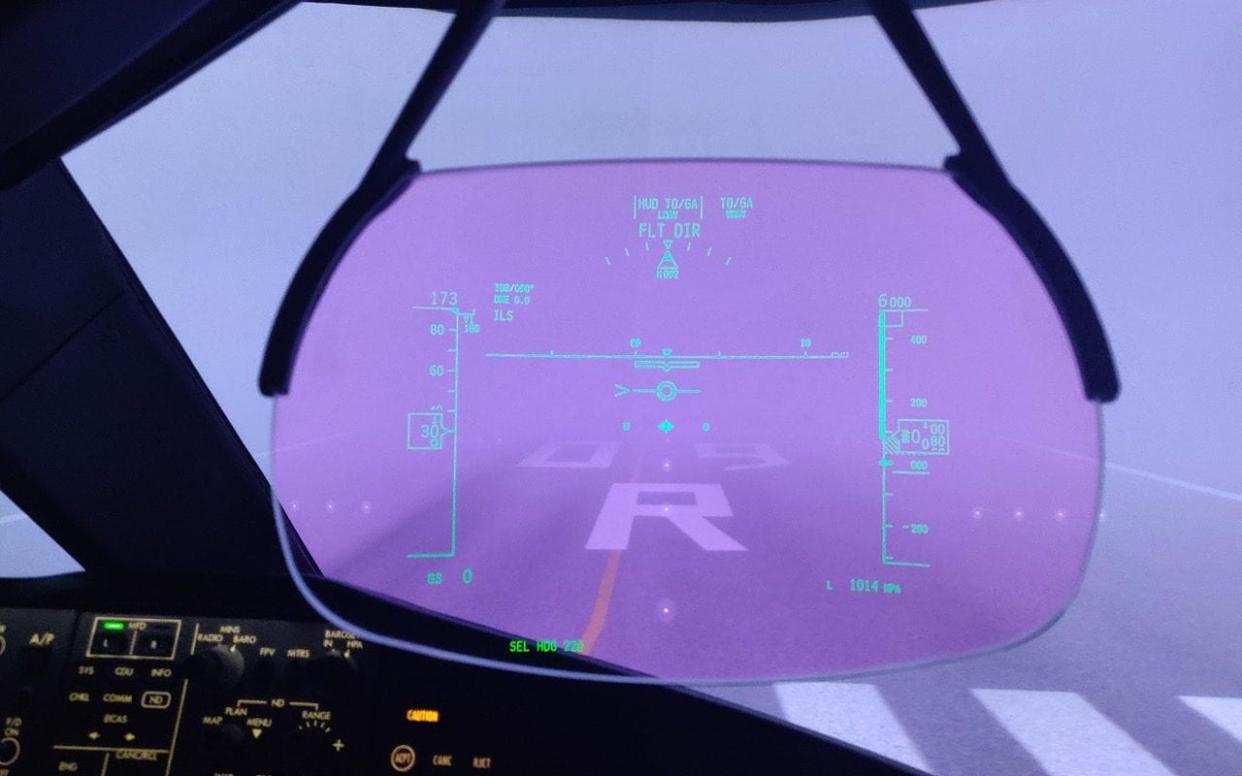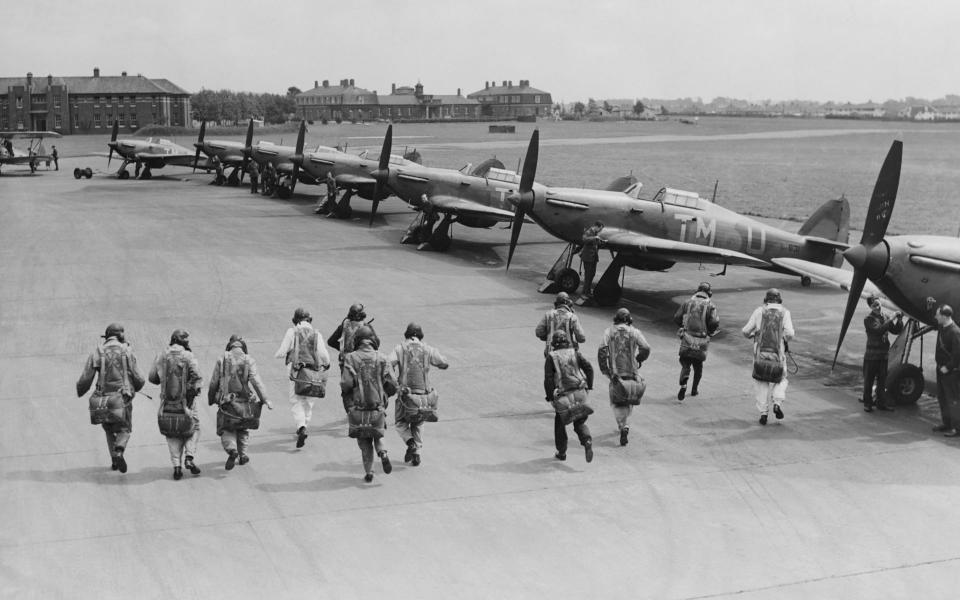'We skimmed houses at 170mph, completely blind': How pilots land in near-zero visibility

Mid-Atlantic, 4am, 39,000ft. Just a couple more hours to go before landing back in London after another night crossing the pond. I looked across at my colleague, gently sipping on his umpteenth coffee of the night, eyes heavy and bloodshot.
Behind us, 250 passengers were fast asleep, trying to compensate for the five hours their body clocks were about to lose waking up on another continent. Ahead of us, Venus, the morning star, flickered and shimmered as it slid above the horizon. The display is so bright that many a pilot has mistaken it for another aircraft. Being mid-winter, the sun would not be showing its face until just before we landed.
The hum of the airflow in the flight deck was interrupted by a two-tone chime as the latest weather for Heathrow appeared on our screens. The visibility had already started to drop; light winds, the temperature 2°C with a dew point of 1°C and visibility of 1,500m.
With the temperature and dew point (the temperature at which the air can no longer hold water vapour) so close together and light winds to mix the air, we had the perfect storm for the airfield to fog out at any moment. The forecast we studied six hours ago in New York was spot on.
Glancing down at the same display, the captain carefully digested the information. “I think we’d better prepare for an Autoland.”
Reduced visibility has long been a problem for aviators. During the Second World War, returning Allied bombers often found their way back to their home base, but were unable to touch down as the ground was shrouded in fog. Many would crash attempting to land as their fuel tanks ran dry.
To combat this, pipelines were laid around the runway through which petrol was ignited. These fires would not only outline the runway edges but also burn off the fog so that pilots were able to see the ground and touch down safely.

These days, airports have sophisticated landing systems that send out signals to aircraft making an approach, allowing us to land in visibility as low as 75m. The Instrument Landing System (ILS) provides a defined path that lines the aircraft up with the runway's centre line and brings it down on a 3° profile to reach the correct spot. However, it is not as simple as pressing a button and watching the show.
The landing speed of a 787 Dreamliner is around 170mph. At that speed, it takes us less than a second to travel 75m, faster than most nerve signals in your body. As a result, things happen quickly; there is little time to think situations through if they go wrong. We must be able to react correctly at a moment's notice.
A thorough discussion before we start the approach details exactly the scenarios where we will discontinue the approach and those where we will continue. It is far safer to go-around and try again than to continue with blind optimism.
Like any computer, the autopilot and the Autoland are only as good as the information which the operator feeds them. Physically flying an ILS approach is the easy bit. Having the spare capacity to notice and deal with other potentially catastrophic faults at the same time is more complicated. As a result, pilots instruct the autopilot to do the easy but capacity sapping task of flying the approach path whilst we watch multiple aircraft systems like a hawk, ensuring that everything is operating as expected.
Descending towards a layer of fog can be deceptive. Looking like any other layer of cloud, it is quite often only a few hundred feet thick, concealing the danger lurking below. As we started the approach over central London, dawn illuminated the top of some of the tallest buildings as they penetrated out of the cloud into the clear air above. Turning to line up with the runway over the City is truly spectacular as The Shard, and most of Canary Wharf stand proud above the carpet of cloud.

With the turn complete, our instruments told us that the runway was just 10 miles straight ahead of us. Looking out of the window, there was nothing but the glow of dawn above the horizon and the menacing grey layer of fog, still 3,000ft below us.
With the landing gear down and flaps extended, the aircraft called out “1,000”, indicating we were 1,000ft above the ground. On a clear day, we would have a great view over Richmond Park to the south, the deer clearly visible as they roam amongst the trees. On this occasion, the ranging beams of the landing lights were beginning to illuminate the top of the fog layer, giving us a true sensation of our speed.
As we descended through 700ft, the nose of the aircraft cut into the cloud and the last flickers of emerging daylight disappeared as we were plunged into darkness once again. My heart rate quickened, adrenaline focusing my tired eyes ever more intently on the flight parameters. Speed. Altitude. Runway tracking. No indications of anything untoward. Yet.
As the aircraft indicated we were just 200ft above the ground, I knew that we were directly above the service station by Hatton Cross, the runway threshold just across the A30. Still, the view out the front disclosed nothing. Skimming hotels, houses and trees at 170mph, completely blind.
At 35ft, the aircraft nose pitched up and the autothrottle started to reduce the engine power in preparation for touchdown. With absolute faith that we had flown the approach correctly, we knew the runway was below us. At that very moment, lights appeared out of the gloom, whipping past us in quick succession. The main wheels touched down, and the nose lowered onto the centreline of the runway. With a big exhalation of breath, we were down.
Aviation safety has come a long way since the runway edge burners of the Second Worl War. Yet, even with the high-precision systems available to guide aircraft into landing today, a safe outcome can only be achieved with the high standard of skill to which pilots are continually trained.


